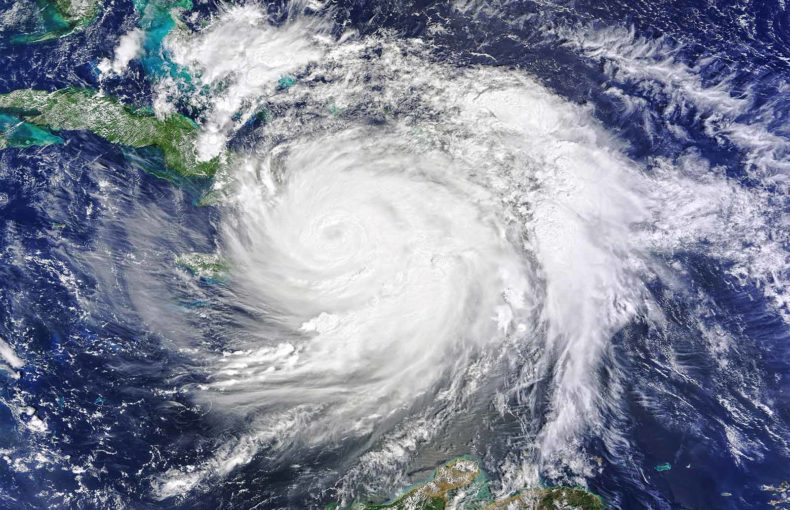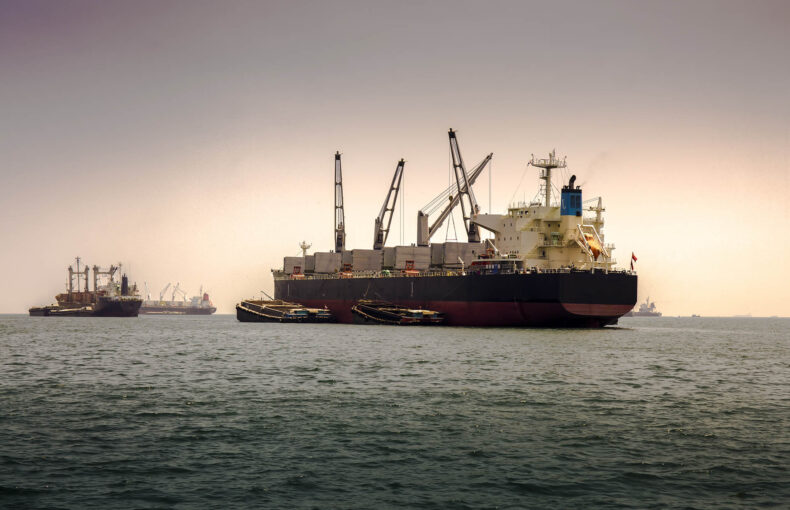The value of a hyper-local weather forecast in optimizing global supply chains
What are the global risks facing the world in 2023 and how can a location-specific local weather forecast help?
A battered world economy recovering from the after-math of the COVID 19 pandemic, the costs of climate change, a delicate geo-political landscape, the European energy plight and the global supply chain crisis are just the tip of the iceberg. 2022 was also a record-breaking year for extreme weather events that had an adverse impact on the trade spectrum.
Can data help? Digitization is facilitating businesses to anticipate the consequences of the challenges countering humanity today and manage their competencies accordingly.
To minimize the disruptions of the supply network, it’s imperative that logistical entities invest in high quality weather data to ensure the seamless flow of goods and services across the globe.
To do our bit, we’d like to discuss the value of location-specific weather forecasts. At Spire, we strive to fill the gaps in weather observation data that exist due to lack of infrastructure and other economic limitations in different countries, by utilizing our constellation of 100+ satellites to collect thousands of radio occultation readings 24/7. Our vantage point gives us access to gather data from all layers of the atmosphere and it’s this very data along with other sources that goes into generating a hyper-local, hyper-specific weather forecast for an exact point of interest.
What is the Spire Point Optimized Forecast?
The Point Optimized Weather Forecast system relies on a few different types of technology to produce a highly accurate, rapidly updating weather forecast for surface weather conditions from the next hour out to day 15. This is an advanced forecast ecosystem that uses multiple global and regional forecast models, including Spire’s unique global forecast model. Each forecast model opinion is considered and compared against the surface conditions from actual weather station readings. As each hourly surface conditions update is published at the weather station, the forecast ecosystem considers the performance of each model and uses machine learning techniques to correct the overall forecast based on that performance. The evaluation of each forecast model within the ecosystem is continually updated to ensure that any seasonal biases in forecast models are accounted for.
What are the benefits of this type of local weather forecast?
The end user benefits of Spire’s Point Optimized Weather Forecast are primarily two-fold. First, using multiple forecast models and comparing their performance against surface sensor data allows for this forecast to continually outperform any individual forecast model. If forecast accuracy is the most critical factor, generally speaking, the Optimized Point Forecast will be the best choice.
The second benefit of this forecast is the rapid update cadence. Not all forecast models update on an hourly basis, but we are still able to produce an hourly updating forecast because the local sensor data updates that frequently.
Consider a scenario where most of the individual forecast models were predicting a temperature drop of 5 degrees C between 12 and 13 UTC, which is +6 hours from “now”. However, the local sensor actually indicates the temperature drop has just occurred now (6 hours earlier than predicted). Despite the fact that no forecast models have updated between those two hours, the Point Optimized Weather Forecast will still notice that temperature drop has happened at the local sensor and forward-correct the forecast to account for the change that occurred. In this way, the Point Optimized Forecast is truly continually updating, even if the forecast models haven’t quite caught up to any rapidly evolving weather event.
Where is the forecast available and what weather variables are included?
The Point Optimized Weather Forecast is readily available today for roughly 10,500 predefined global locations, for which we also retain the forecast history. Our customers can access any of these locations through an easy to use weather API which produces JSON or CSV formatted output. If you require a set of custom locations, we can also add those to the ecosystem and allow access to those new ‘virtual weather station’ locations within a short time.
The output from this weather forecast API includes over 25 unique variables and includes parameters describing the forecast temperature, dew point temperature, wind speed, cloud cover, precipitation, and probability of thunderstorm among many others. Please reach out to your Spire representative for more information on how to gain access to this highly accurate weather forecast.
How can Spire’s Point Optimized Forecast minimize supply chain disruptions?
Advanced weather forecasts enhance airport functionality
This is of particular interest to strategic stakeholders in the global supply chain network, such as airports and ports. Pilots require accurate weather insights during landing and takeoff to ensure the safety of their crew and passengers. Fog, rain and low hanging clouds can obstruct visibility at and around the airport whilst thunderstorms can hinder both flight and airport operations. Weather variables such as wind speed and wind direction determine the directional landing and take off of airplanes and which flight routes to utilize. Armed with high quality location-specific weather forecasts, airports can ensure that their loading/unloading baggage & cargo operations, personnel and passenger safety, along with fuel optimization is maximized.
Advanced weather forecasts optimize operational efficiency for ports
Port authorities need the right weather information available at the right time. Despite their individualistic characteristics, business model and location, all ports are impacted by weather and have to execute their operations accordingly.
Download your free white paper to learn how reliable weather data can optimize port operations and minimize supply chain bottlenecks
A location-specific forecast designed just for that specific port will facilitate decision making and help design contingency plans.
For instance, if high winds are expected to blow at dangerously high speeds, then that would halt port operations. Knowing this possibility in advance would empower the relevant authorities to plan for downtime and warn other players in the supply chain of the expected delays.
 Written by
Written by


